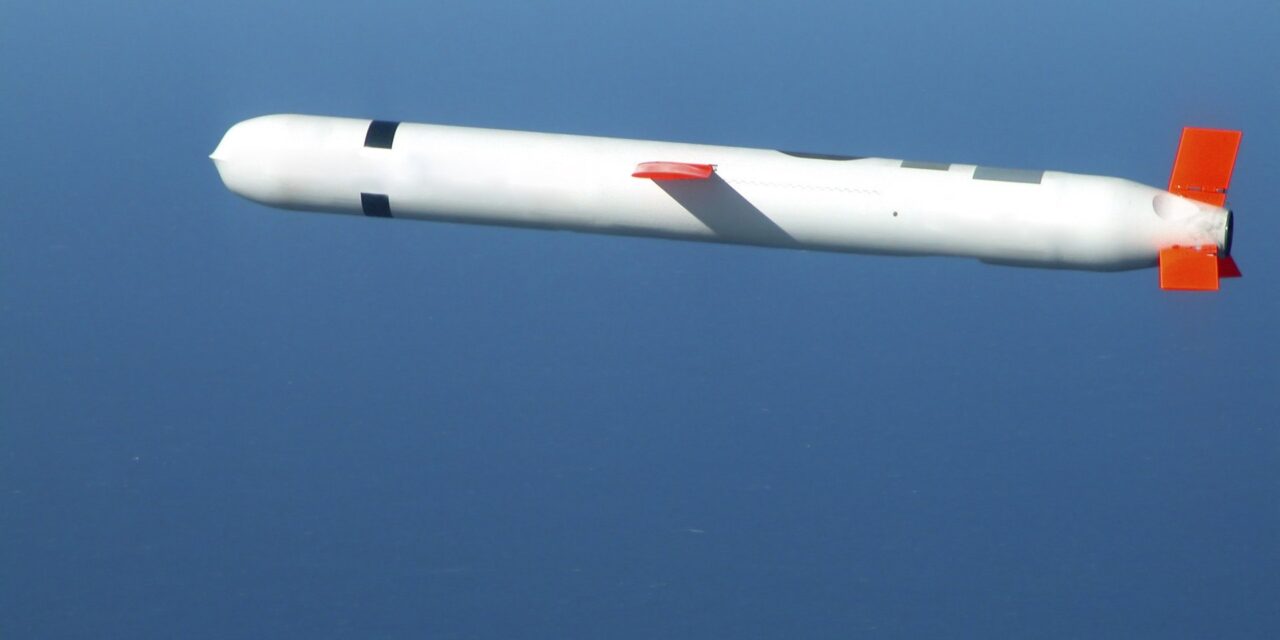Wednesday’s Coverage: Kyiv’s Deepest Strike Inside Russia
UPDATE 1500 GMT:
Russian drone and missile strikes in the past week have disabled almost 60% of Ukraine’s gas production, according to “two Ukrainian officials with knowledge of the damage“.
Kyiv’s officials called meetings with international partners to inform them of the situation.
Ukraine President Volodymyr Zelensky told journalists on Wednesday that the Kremlin was trying to cause “chaos” (see Original Entry).
Serhii Koretskyi, chief executive of State gas company Naftogaz, said the difference from attacks throughout Russia’s full-scale invasion is the frequency and scale this month, with hundreds of drones and dozens of missiles on an almost nightly basis.
He echoed Zelensky that the Kremlin’s goal is “to break our spirit”: “This has nothing to do with military needs, none of these assets have any military value at all.”
Koretskyi noted, “We need billions of cubic metres of gas more during the heating season.” Ukraine required 13.2bn cubic metres of gas for the winter before the October attacks, and Kyiv had planned to import 4.6 bcm of gas by November 1, “significantly more than in previous years”.
The two Ukrainian officials predicted that at the current rate of Russia’s attacks, Ukraine will probably need to buy about 4.4 bcm more gas before March, a fifth of the country’s annual use, at a cost of about $2.2 billion.
Koretskyi described last Friday’s strikes on facilities in the Kharkiv and Poltava regions as “the most massive and the most aggressive attack since the full-scale invasion started”. A “significant portion” of Naftogaz infrastructure was damaged in the assault, with “some of the destruction” described as critical. A second widespread attack on gas infrastructure followed on Sunday.
Maxim Timchenko, chief executive of DTEK, Ukraine’s largest private energy company, said, “Our assets are being attacked every day. Every day they damage some piece of equipment.”
UPDATE 1434 GMT:
Major Russian manufacturers are laying off employees, reducing workweeks, or sending workers on unpaid leave.
Russian Railways has asked employees of its central office to take three additional days off per month at their own expense. The automakers GAZ, VAZ, and KAMAZ have switched to a four-day workweek. Cemros, the largest cement producer, also adopted a four-day week this month.
Diamond producer Alrosa cut salaries by 10% for non-mining employees and suspended operations at its less profitable mines. The Sveza Group closed its Tyumen plywood mill, leaving more than 300 people unemployed.
A source in the metallurgical industry says “a quiet downsizing is taking place”. The largest companies have not yet transitioned to a four-day workweek, and but almost all metal-working plants have cut support staff.
UPDATE 1116 GMT:
At least five civilians were murdered and 19 others injured by Russian attacks across Ukraine over the past day.
Air defenses intercepted 87 of 112 drones, while 22 UAVs hit 12 locations.
In the Kherson region in southern Ukraine, two people were killed and eight injured in attacks which damaged 10 houses and targeted critical and social infrastructure.
In the Sumy region in the east, three civilians were slain and two injured amid almost 50 attacks on 25 settlement.
Casualties were also reported from the Odesa, Donetsk, Kharkiv, and Zaporizhzhia regions.
Firefighters were struck mid-rescue in Chernihiv when a second Shahed drone hit the same grocery store they had just responded to.
Elsewhere, Russian strikes killed five civilians and injured 17 across six regions. https://t.co/LaBM1pdlvC
— Euromaidan Press (@EuromaidanPress) October 9, 2025
UPDATE 1100 GMT:
Ukraine President Volodymyr Zelensky says Ukraine has carried out a “very difficult but very timely…and successful” counter-offensive in the Donetsk region in the east of the country.
Zelensky told reporters that the most intense fighting remains around Pokrovsk and Dobropillia: “This operation derailed Russia’s summer offensive campaign.”
Citing intercepted Russian military communications, he said, Moscow’s commanders had been ordered to take Pokrovsk — under attack since July 2024 — “at any cost”.
UPDATE 0945 GMT:
US sanctions on Serbia’s Russian-owned NIS oil company have come into force.
The US blacklisted Serbia’s sole refinery in January.
ORIGINAL ENTRY: Encouraging the Trump Administration to deliver Tomahawk cruise missiles to Kyiv, Ukraine President Volodymyr Zelensky has said the supply could force the Kremlin to negotiate over its 44 1/2-month full-scale invasion.
Speaking with journalists on Wednesday, Zelensky said Donald Trump “can give Ukraine some far-reaching things”:
Right now, it is important to send a signal that Ukraine will be strengthened by all means possible. And this is one of those means that is important to me — Tomahawks.
All such things can strengthen Ukraine and force the Russians to sober up a little, sit down at the negotiating table.
Zelensky raised the issue of the long-range missiles in late September 2024, meeting Trump in New York’s Trump Tower during the US Presidential campaign.
He returned to it last month on the sidelines of the UN General Assembly in New York, when Trump “promised to work on a technical level and consider such a possibility”.
The US says it is now providing intelligence of Ukraine’s targeting inside Russia of sites supporting the invasion. Officials say the Tomahawks are under consideration, but no decision has been made.
On Monday, Trump waffled in a press appearance. He had “sort of made a decision”, but hedged, “I think I want to find out what they’re doing with them. I would ask some questions. I’m not looking to escalate that war.”
The Tomahawk has a precision-strike range of 1,600 km (994 miles) and an overall range of 2,500 km (1,553 miles).
Russian Strikes on Energy and Railways Seek “Chaos”
Zelensky said of Moscow’s latest attacks, “Russia’s task is to create chaos and apply psychological pressure on the population through strikes on energy facilities and railways.”
The President said the drone and missile strikes put Ukrainian gas infrastructure under “heavy pressure” and more attacks could force a further increase in imports.
Ukraine has stepped up purchases of gas by 30% amid the Russian attacks and the prospect of winter.
An overnight Russian drone attack injured five people and damaged port and energy infrastructure in the Odesa region in southern Ukraine.
The attack cut power to 30,000 consumers and set containers with vegetable oil and wood pellets on fire in Odesa’s port.
Russian strikes also murdered three civilians and wounded two in the Sumy region in northeast Ukraine.
Zelensky noted Ukraine’s own strikes on Russian infrastructure supporting the invasion, “We believe that they’ve lost up to 20% of their gasoline supply – directly as a result of our strikes.”
He noted that Russia had stepped up imports from China and Belarus to cover nationwide shortages.
Overnight Ukraine struck the Korobkovsky gas processing plant and oil transport infrastructure in Russia’s Volgograd region.

